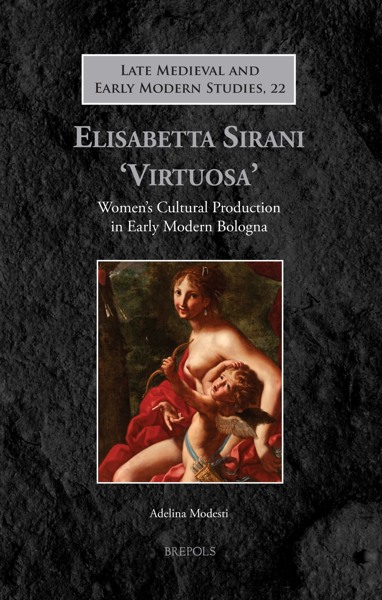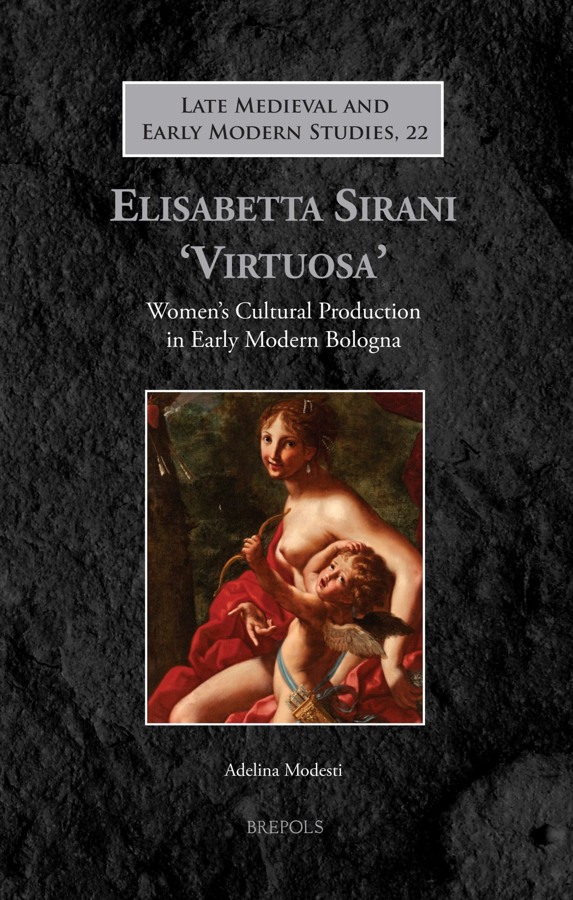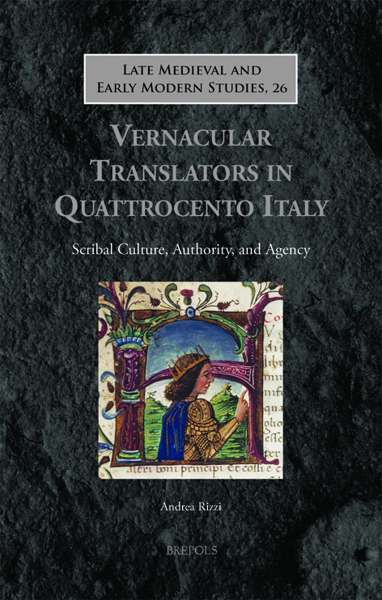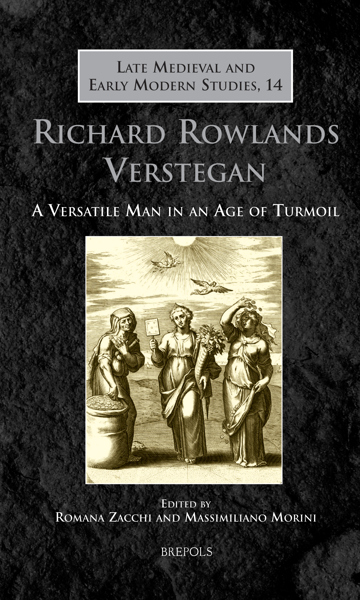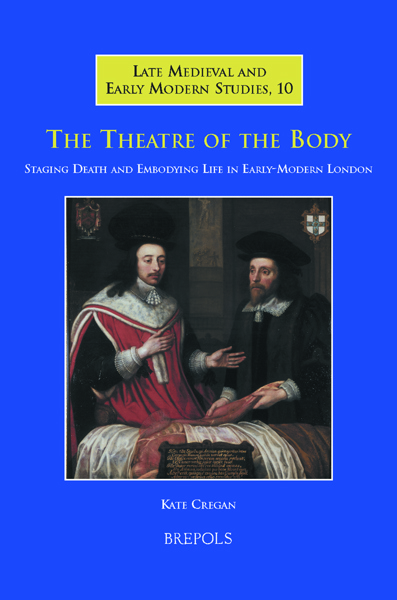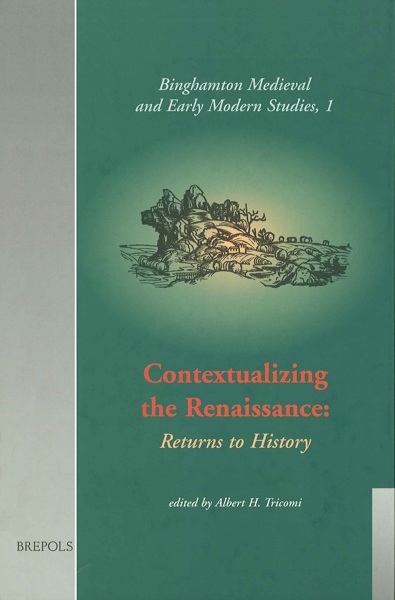
- Pages: xliv + 449 p.
- Size:216 x 280 mm
- Illustrations:180 b/w, 32 col.
- Language(s):English, Italian
- Publication Year:2015
- € 180,00 EXCL. VAT RETAIL PRICE
- ISBN: 978-2-503-53584-5
- Paperback
- Available
This publication presents the first monograph in English published on the successful Bolognese seventeenth-century artist Elisabetta Sirani (1638-1665).
“(...) the book will be indispensable for its comprehensive catalogue of Sirani’s work, repertory of photographs, and rich history of Bolognese culture.” (Catherine R. Puglisi, in: Woman’s Art Journal, Spring / Summer 2016, p. 68)
“Modesti’s fascinating and multifaceted portrayal will stimulate thinking about Sirani’s place in the social history of women and art for decades to come.” (Sheila Barker, in: Renaissance Quarterly, 69/2, 2016, p. 659)
“Adelina Modesti’s monograph on Elisabetta Sirani is the most in-depth and up-to-date work on an Early Modern female artist to be published in English (…) Modesti’s detailed and thoroughly researched volume contributes significantly to our understanding of Sirani’s life, career, and artistic output and is therefore highly recommended for scholars and students of Early Modern art, and particularly those interested in feminist scholarship.” (Patricia Rocco, in: Notes on Early Modern Art, 3/1, 2016, p. 39-42)
« Le livre d’Adelina Modesti constitue une recherche exhaustive et stimulante sur la peintre Elisabetta Sirani ; les notes révèlent un examen soigneux des archives et de la littérature disponible, et représentent une mine de renseignements, tant pour les personnes attirées par les études genrées que par celles intéressées par les écrits sur la peinture du XVIIe siècle italien. » (Adriana van de Lindt, dans Histara, 30 Oktober, 2018)
This is the first monograph in English published on the successful Bolognese seventeenth-century artist Elisabetta Sirani (1638-1665). Modesti presents Sirani as a 'subject of her own genre', underlining the painter’s innovative qualities, not only in artistic terms, but also from a socio-political and historical perspective. The author’s discussion of the material context of women’s artistic production and of the Bolognese seventeenth-century cultural world evidences how Sirani epitomized a new model of 'femininity' and a new rising social genre: the single professional woman. Having been rightly admitted to an artistic, social, and cultural world historically dominated by men, Sirani was an unmarried woman who chose a productive and rewarding career over the traditional role of wife and mother. An 'ultramodern artist', deemed by her contemporaries to be extremely talented and inventive, Sirani affirmed her professional status within a mostly male world thanks to her extraordinary cultural learning and virtuoso artistic skills, as well as the clever management of her public image and success.
Being a woman was not a hindrance to Sirani, but rather a positive element: by projecting her own image and identity onto the femme fortes of ancient history, and by inviting important guests to her studio so as to observe her painting, she organized her own 'public exhibition', thus becoming both the subject and the object of her own art. Modesti underscores Sirani’s momentous role in the professionalization of Italian women’s cultural production and artistic practice at the beginning of the modern era and highlights Sirani’s role as an example for successive generations of professional women artists.
Illustrations
Colour Plates
Acknowledgements
Introduction Elisabetta Sirani of Bologna: A Portrait of the Artist as a Fashionable Young Woman
PART I CONTEXT: Elisabetta Sirani and Her World: Matronage, Gendered Knowledge, and Female Literacy in Early Modern Bologna
Chapter 1 The Illustrious Women of Bologna: Elisabetta Sirani Exemplum
Chapter 2 Public Life, Women’s Patronage, and Female Education in Post-Tridentine Bologna
Chapter 3 Elisabetta Sirani ‘Maestra perfetta’: Education, Cultural Formation, and Teaching
PART II PROFESSIONAL LIFE: Theory and Practice
Chapter 4 In her Father’s Workshop: Elisabetta Sirani’s Artistic Formation and Training
Chapter 5 The Virile Woman: Female Power and Wisdom in Elisabetta Sirani’s Representations of Heroic Women
Chapter 6 The Phallic Paintbrush: Gender and Genius in the Art of Elisabetta Sirani
Epilogue In Memoriam
PART III CATALOGUE
Bibliography
Index
